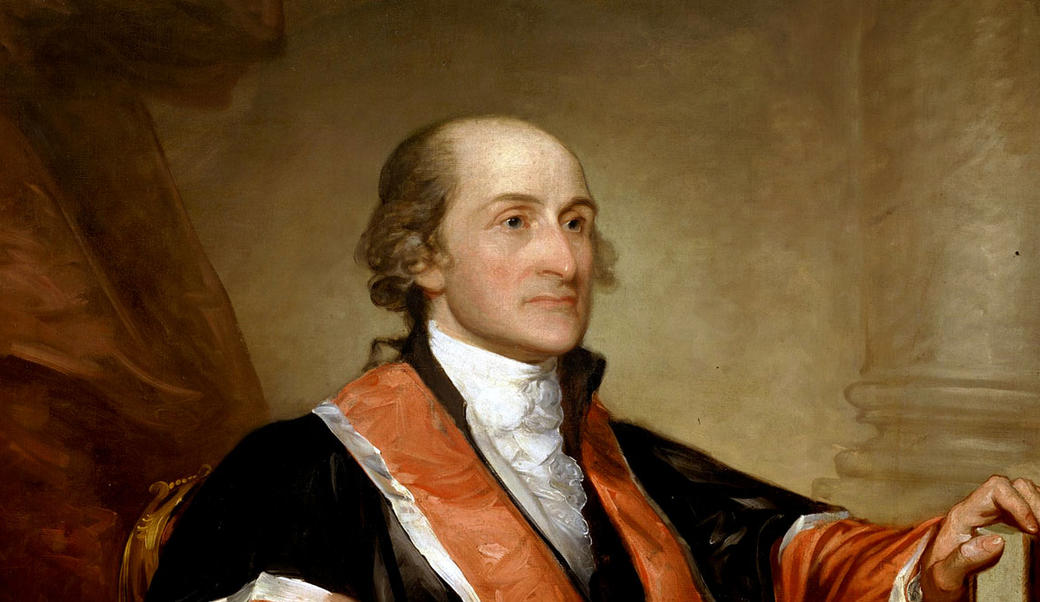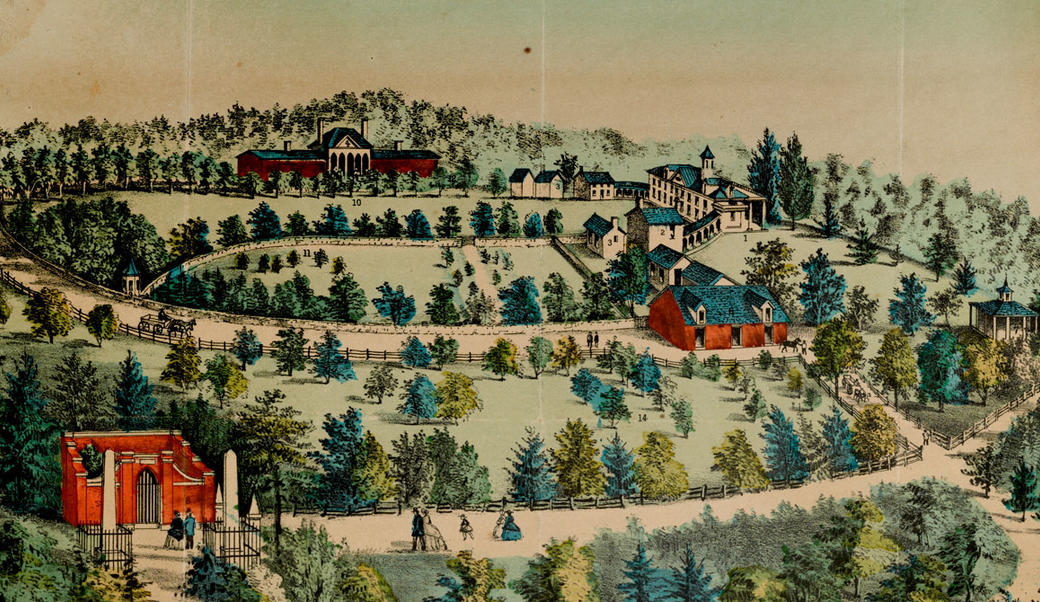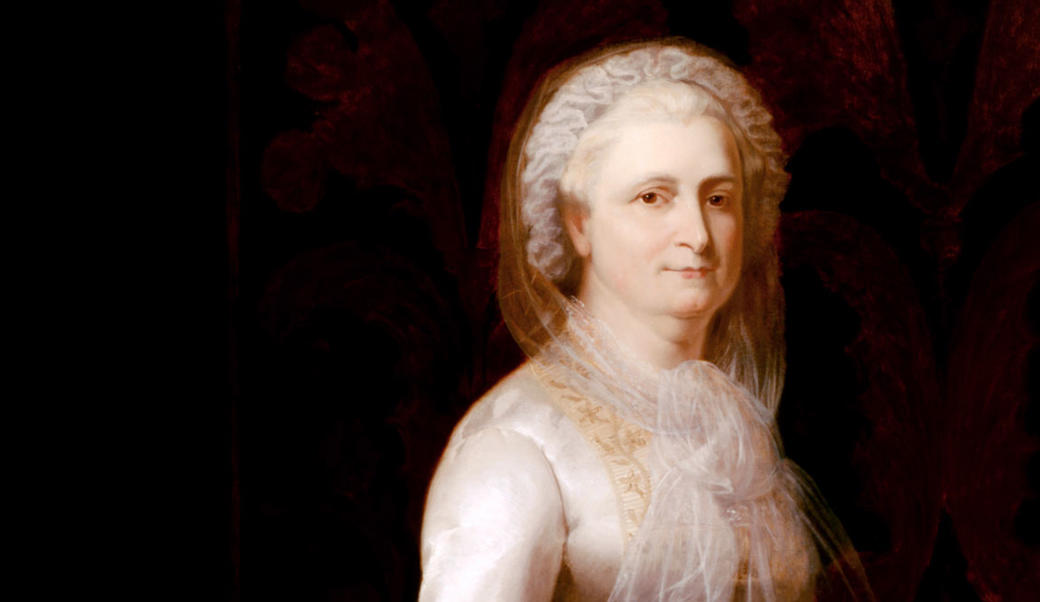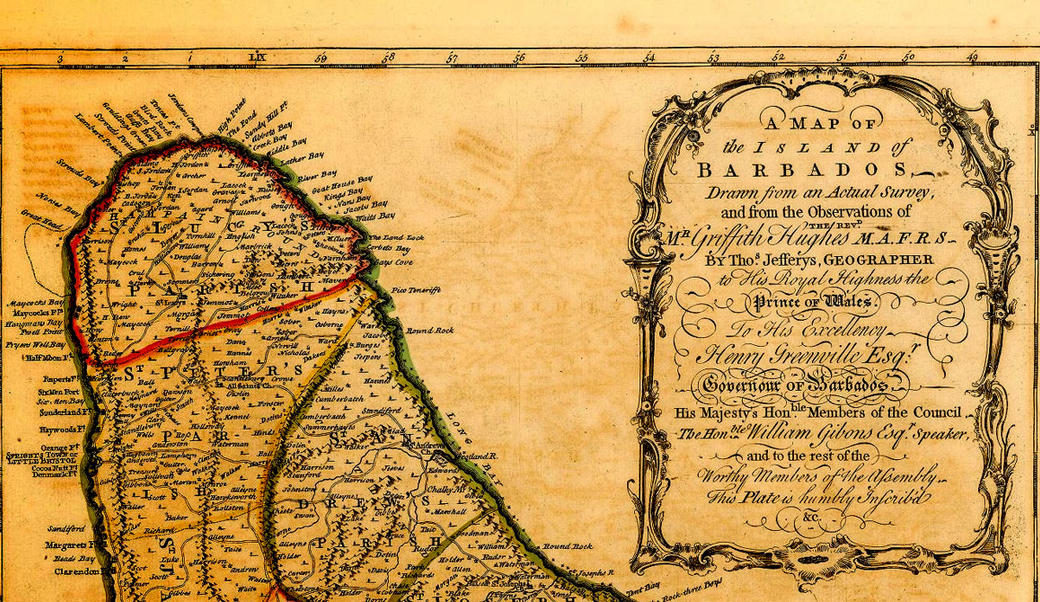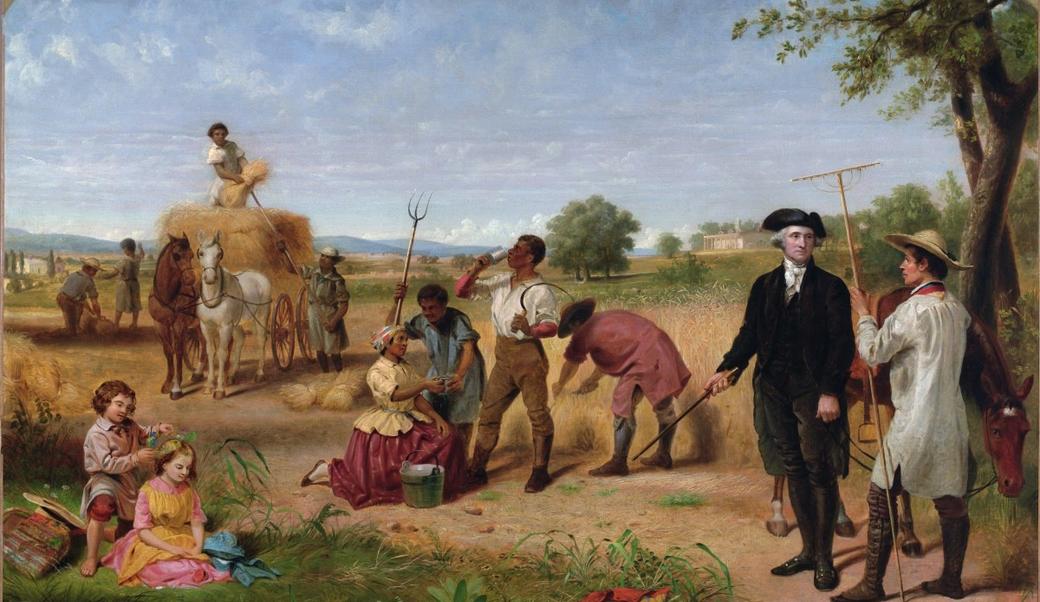George Washington: Domestic Affairs
On April 30, 1789, Washington took the oath of office in New York City, the country’s capital until it moved to Philadelphia, Pennsylvania, in 1790. Right away, his biggest challenge was fleshing out the president’s daily activities and interactions. Article II of the Constitution says little about how the president should carry out the hefty responsibilities entrusted to the office.
The president would need assistance managing his duties, but the delegates to the Constitutional Convention rejected several proposals to create a cabinet. Instead, they created the Senate to serve as a council on foreign policy and empowered the president to request written advice from the department secretaries.
Washington witnessed the Convention debates and understood the delegates’ expectations. Accordingly, he planned his first visit to the Senate to consult on foreign policy about a treaty with Native American nations in August 1789. The senators proved unwilling to provide immediate feedback and requested that the president return the following week for their recommendation. Furious, Washington concluded the Senate could not provide the instantaneous advice diplomacy required.
Instead, Washington requested written advice from his department secretaries. He surrounded himself with talented advisors, then sought out their knowledge to make informed decisions—demonstrating his awareness of his own limitations. Secretary of State Thomas Jefferson, Secretary of Treasury Alexander Hamilton, Secretary of War Henry Knox, and Attorney General Edmund Randolph were intelligent, well-respected, and skilled. For example, Washington had only left the United States once as a teenager when he traveled to Barbados, and he had limited proficiency with foreign languages. Jefferson had served as a minister at the principle European courts and spoke French, the language of eighteenth-century diplomacy. Similarly, Washington did not have advanced training or higher education. Randolph had held almost every legal position in Virginia and successfully represented powerful clients, including Washington, as a private attorney. Washington depended on Jefferson’s firsthand foreign policy insights and Randolph’s legal expertise when grappling with complicated diplomatic and constitutional questions.
The secretaries represented different cultural, economic, and regional interests. Americans felt little loyalty toward the new federal government, but by choosing secretaries that pulled from different parts of the nation, Washington began to build tenuous emotional ties between the people and the government. While we might not think of Washington’s administration as particularly diverse, his contemporaries did, and they appreciated that cabinet deliberations included their perspective.
Washington quickly discovered that written correspondence was too cumbersome to manage the challenging issues on his plate. By January 1790, Washington was inviting the secretaries to one-on-one consultations. Then on November 26, 1791, he convened the first cabinet meeting to discuss the state of the economic and diplomatic relationships between the United States and France, Great Britain, and Spain.
In addition to creating the cabinet, Washington was also singularly responsible for the formation of the first Supreme Court of the United States. Washington appointed eleven justices during his two terms in office and carefully selected individuals to represent almost all the original thirteen states. He also appointed jurists who had supported the ratification of the Constitution and interpreted the document as a grant of extensive executive authority. While the early Supreme Court experienced regular turnover, Washington’s nominees ensured that the early Court was dedicated to preserving federal authority.
Financial Considerations
Washington’s relations with Congress shifted as he increasingly turned to his cabinet for support. Early in his presidency, Washington had regularly consulted with James Madison and other leaders in Congress. As his agenda took shape, factions in Congress lined up in support or opposition.
The financial powers of the federal government sparked the most disagreement. The new Constitution empowered Congress to raise taxes and pass legislation that managed the national economy. Secretary of the Treasury Hamilton had a three-part plan to restore the economy and make full use of those powers. First, the federal government would assume the states’ debts remaining from the war to ensure they were paid in full. Madison and Jefferson, leaders of a growing opposition faction, opposed this measure as unfair to states, like Virginia, which had already paid most of its debts.
Next, Hamilton planned to repay all bonds at face value. During the war, Congress had issued bonds to many veterans and investors. As confidence in Congress’s ability to repay the bonds plummeted, many bond holders sold them to speculators at a fraction of the original price. Hamilton insisted that the current holders of the bonds be paid in full, meaning many speculators (often wealthy northerners) stood to make a fortune. Again, Madison and Jefferson opposed Hamilton’s plan, arguing that the original bond holders deserved the money, not speculators.
Finally, Hamilton proposed the creation of a national bank that would provide ready credit to the government. The Madison-Jefferson faction opposed the creation of the bank on the grounds that it went beyond the powers the Constitution granted to Congress.
While Hamilton was pushing for the passage of these three bills, Congress was also debating the future location of the nation’s capital. Hamilton negotiated a compromise: Madison would arrange the votes for assumption of the states’ debts and full payment of securities, while Hamilton swung support behind Madison’s preferred location for the new capital on the banks of the Potomac River.
Congress also passed the legislation to create the national bank, over significant opposition from inside Washington’s cabinet. Jefferson objected to the cabinet and wrote an opinion outlining his position. Hamilton replied with a 13,000-word opinion that convinced Washington to sign the legislation on February 25, 1791, creating the First National Bank.
Relations with Native Americans
Whereas Congress passed legislation to craft a new financial system, Washington and the executive branch managed military affairs. Almost immediately tensions between Native Americans and settlers in the Northwest demanded the president’s attention. In 1789, Arthur St. Clair, governor of the Northwest Territories, negotiated the Treaty of Fort Harmar, which forced Native American tribes off their homelands.
Washington did not believe in racial equality between whites and Native Americans, but he also placed them higher on a racial hierarchy than Black Americans. He advocated for protected Native American lands, contrary to the terms of the Treaty of Fort Harmar, largely to avoid conflict between land-hungry settlers and Native American nations. Nonetheless, when violence broke out, President Washington enforced the terms of the treaty. In 1791, St. Clair led 1,400 men into the Ohio wilderness, where Native Americans mowed them down in a surprise attack in November.
When news of St. Clair’s defeat in the Battle of the Wabash reached Philadelphia, Congress increased the size of the army and Washington named Major General Anthony Wayne the new commander. In the summer of 1794, Wayne and his forces defeated the Native American confederacy at the Battle of Fallen Timbers. The Shawnee, Miami, Ottawa, Chippewa, Iroquois, Sauk, and Fox peoples moved west, while white settlers rushed to seize their lands.
The Whiskey Rebellion
Other military matters closer to home also demanded Washington’s attention. In 1791, Congress had passed an excise tax on whiskey distilleries. Western farmers hated the tax, as they distilled their excess grain into alcohol, which could be bartered or shipped to eastern ports for sale. They launched protests almost as soon as the tax went into effect. In July 1794, the protests turned violent when a group of rebels, led by Major James McFarlane, a Revolutionary War veteran, clashed with troops at the home of John Neville, the local tax collector. Shots were fired, and men on both sides were killed, before rebels set fire to Neville’s house.
When news of the skirmish reached Washington, he convened the cabinet to determine how to proceed. The cabinet agreed the crisis required presidential action, rather than leaving it for the states or Congress to manage. At Secretary of State Randolph’s encouragement, Washington sent a peace delegation to meet with the rebels before employing force, to demonstrate that he had exhausted all diplomatic options.
In August 1794, the peace commission sent word back to the president that their mission had failed. Washington summoned the militias of Virginia, Maryland, Pennsylvania, and New Jersey and rode out on October 1 to meet them. He inspected the troops, then turned around and returned to Philadelphia. The militias marched west to subdue the rebellion under the command of General “Light Horse” Harry Lee and Alexander Hamilton. They arrested hundreds of insurgents, but most charges were dismissed due to lack of evidence. Before retiring, Washington issued pardons for the convicted rebels. Once he had enforced the government’s constitutional right to collect taxes, he could afford to be merciful.
Slavery did not play a role in Washington’s domestic policy. The Constitution prohibited the eradication of the international slave trade before 1808, and emancipation legislation was largely a matter of state legislation. Although slavery was not on the cabinet’s agenda, it was a part of daily life. Every time the secretaries arrived for a cabinet meeting or official event, enslaved workers took their coats, offered beverages, and prepared meals. Enslaved groomsmen tended to the horses and carriages that carried officials to Congress Hall. And enslaved sailors manned the ships in port that delivered the linens and fine goods that adorned elite homes in Philadelphia.
Farewell Address
In 1792, Washington planned to leave the presidency and asked James Madison to draft a farewell address. However, Washington changed his mind after his closest advisors convinced him that the country still needed his leadership to survive. Reluctantly, he agreed to stand for election one more time and to serve one more term.
In early 1796, President Washington revealed to colleagues that he would not seek another term, and this time would not be persuaded otherwise. He tasked Hamilton with writing a new farewell address, and he shared Madison’s original draft. By 1796, Jefferson had retired as secretary of state and joined Madison at the head of the new Democratic-Republican Party. Washington worried that they might criticize his Farewell Address, so he instructed Hamilton to use a few paragraphs from Madison’s original address as a preventative measure.
Washington’s address warned against the pernicious influence of political parties. He admonished Americans not to allow their political differences to drive a wedge between them. He reminded them that they had more in common with each other than differences. Washington issued a similar warning about avoiding emotional ties to foreign nations. Americans should not allow their affection or antagonism toward foreign nations to overpower their bonds with one another. Finally, Washington encouraged the American people to defend the sanctity of the Constitution as the best protection of their liberties and freedom.
On September 19, 1796, he published the address in Claypoole’s American Daily Advertiser, a neutral newspaper that would reach the maximum number of citizens. A few Democratic-Republicans grumbled about Washington’s comments on political parties, but the public response was overwhelmingly popular. Most Americans lauded the address and Washington’s decision to relinquish power, and mourned the loss of his leadership.

